The longest night of my life in Berlin lasted about 30 hours. It was in the spring of 2016, and it started with a friend’s DJ set on a Friday night and ended with biscuits on a Sunday morning. I had moved to the city two years earlier for work, but my change in residency was really a way for me to get away from New York and its attendant anxieties.
The Brooklyn-to-Berlin pipeline was well into its cliché period by the time I arrived, but unlike a lot of places that promise to give you something New York City never can and then end up being San Francisco, Berlin is exactly as wonderful as it seems. The rent is dirt cheap—my girlfriend and I paid close to $750 for a massive ground-floor apartment with a private garden (and were later told we’d overpaid). The people are unpretentiously cosmopolitan. Work as we know it in New York is an abstract concept.
But the nightlife will eat you alive.
The city is home to more than 500 clubs, which cater to every vice, fetish, and taste. Many trace their beginnings back to the ruined warehouses and defunct office buildings that dotted the Berlin landscape after the Wall came down in 1989. Now the nightlife economy is so robust that politicians have voted for tax breaks for nightclubs in the hopes of keeping tourist dollars flowing into the capital.
My epic night out has nothing on those of Berlin’s seasoned partiers. Most weekends regulars at the city’s most notorious club, Berghain—a converted power plant that is the longstanding center of the city’s techno scene—match my 30 hours without a second thought.
For many in Berlin’s nightlife orbit, 1-gram bags of C9H13N, better known as speed, are as essential as black clothing and earplugs. It allows you to drink, smoke, and dance until your brain starts short-circuiting.
Those other party drugs—MDMA and, for the more hardcore, GHB—were always floating around, but speed was what fueled our debauchery that weekend (recreational drug use is illegal in Germany, but most partygoers will tell you the rules are not heavily enforced).
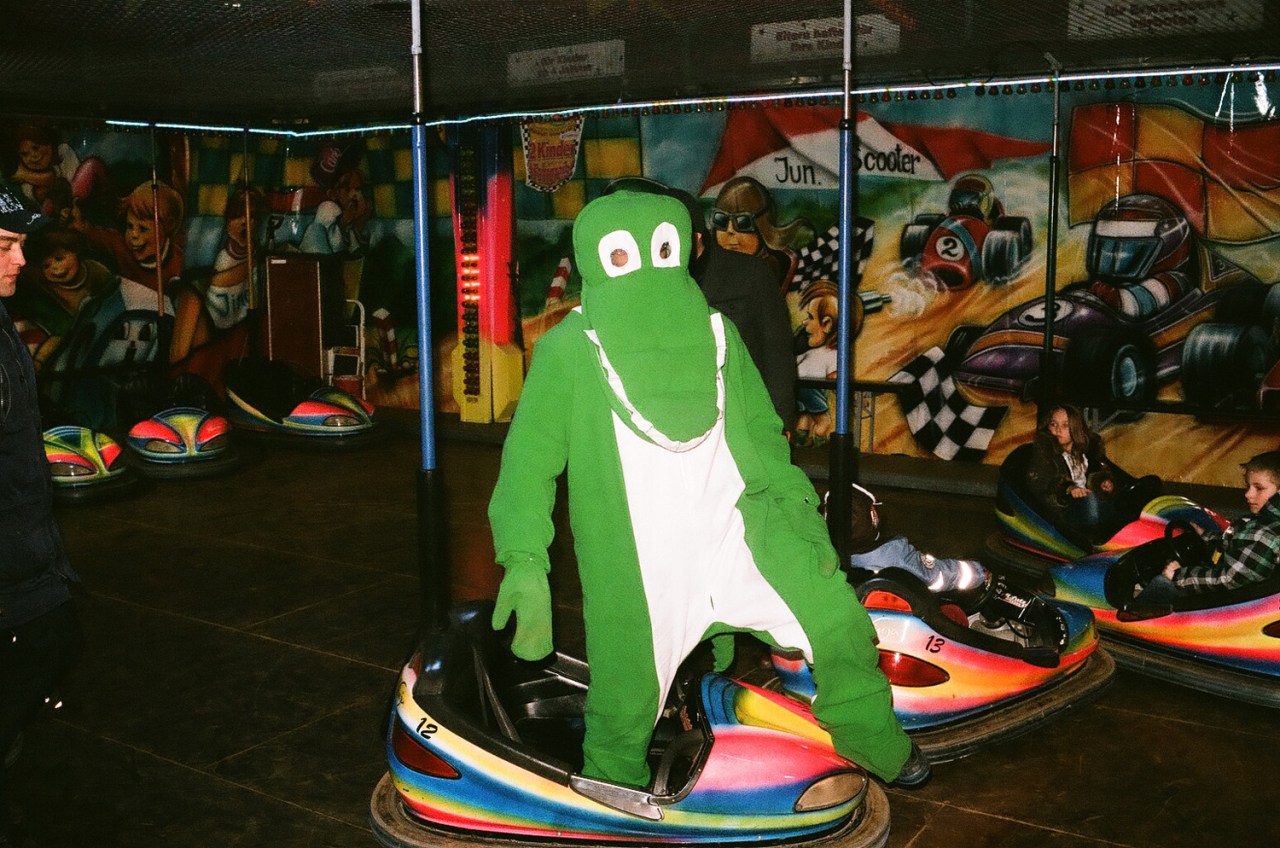
My bender started like most nights out in Berlin: early Saturday morning. A friend, Tristian, had a prime 2 a.m. slot DJing at Chalet, a mid-size club in an old building in the hipster Kreuzberg neighborhood. Chalet is one of a number of clubs in the city that caters to techno tourists: groups of English, Spanish, or American kids looking for weapons-grade Molly and plenty of unz. But it still attracts some of the city’s better DJs, and its garden is a killer spot to grab fresh air and smoke a cigarette.
I arrived at Chalet alone around 1 a.m. It was a little early, and the place was empty—a reminder that nothing exciting starts in this city until all the normal people are asleep.
A few hours later my friends started trickling into the club; we spent the next four hours bouncing between the bar, the garden—speed gives you a borderline pathological hunger for cigarettes—and the bathroom.
Just like club bathrooms around the world, Berlin’s have a gravitational pull on the recreational drug user. It’s where you can score or use, share or mooch, dab or snort away from the pulsating music.
There was food—I think—but the problem with amphetamines is that while your brain hungers, your body wants nothing to do with solids.
Older clubgoers remember a time during the Cold War when neighbors were encouraged to report one another to authorities, eyes and ears were everywhere, and secret prisons were hidden steps from subway stops. Today Berliners have a live-and-let-live sensibility that extends to the club scene—and the bathrooms where drug use is quite open.
We left the club around 8 a.m. for Zur wilden Renate, a 20-minute walk across the Elsenbrücke Bridge, our bodies vibrating the whole way.
The sprawling multiroom club sits between the Friedrichshain and Victoriastadt neighborhoods in East Berlin and is what you might get if a playground designer decided to move to Berlin and adopt a healthy LSD habit. It’s a veritable labyrinth of dance floors and matchbox-size bars under moody lighting. I have never seen anyone get hurt while exploring the definitely-not-up-to-code secret rooms, but that doesn’t mean it has never happened. As the sun climbed higher on Saturday morning, Renate buzzed with smiling partiers, happy to be there and not anywhere else.
We lounged outside the club for several hours, drinking water and Club-Mate, a highly caffeinated herbal soda derived from yerba mate. Occasionally we’d pop into one of the club’s many rooms, where a loosely packed crowd of dancers draped in black were swaying back and forth, the floor pulsing softly
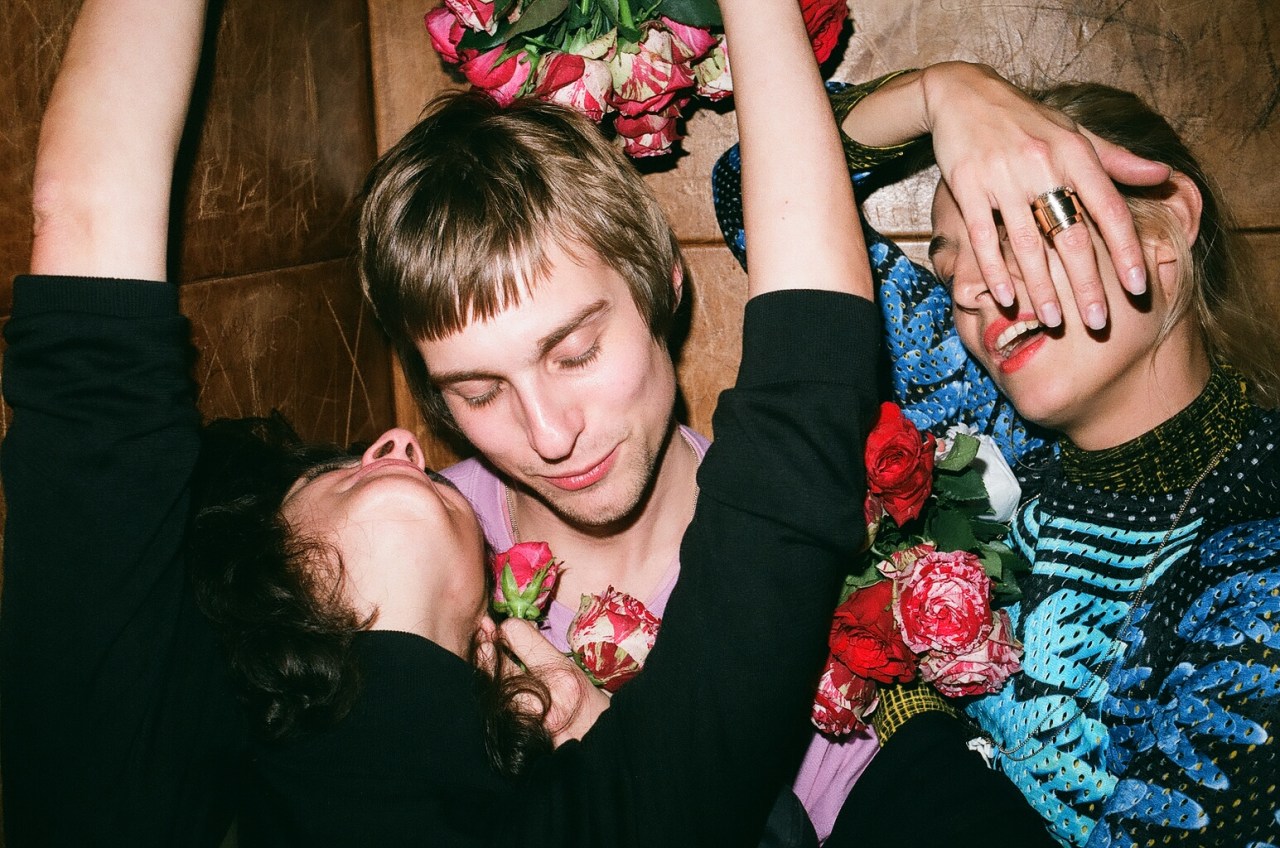

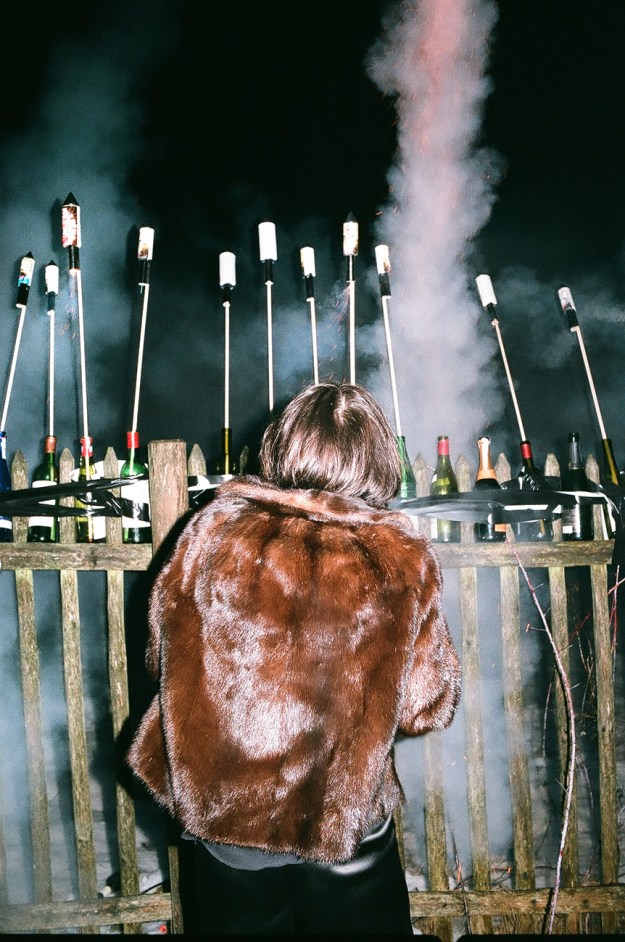
At some point after noon, we hopped on the train back to a friend’s apartment on the northern edge of the Prenzlauer Berg neighborhood. House parties aren’t necessarily a big part of Berlin nightlife, but low-key listening sessions fueled by coffee and pastries are a surefire way to recharge if you hope to last the entire weekend. After DJing at Chalet, Tristan set up a makeshift booth in the corner of the living room.
There was food—I think—but the problem with amphetamines is that while your brain hungers, your body wants nothing to do with solids. We were all smart enough to drink water by the gallon, but anything beyond a pita chip was basically impossible to down.
We stayed at the apartment for hours as friends shuffled in and out—some bound for other parties or clubs, others finally crashing. Around 8 p.m. we racked a few lines of speed and headed to Twinpigs, a cocktail bar in the Neukölln neighborhood.
Someone suggested we head north to Berghain. On a weekend-long bender, it’s a question of when, not if, you’re going to end up at Berghain. At around 1 a.m. four of us piled into a cab and took it to a small cul-de-sac near the club’s entrance, a de facto taxi stand and meeting place, complete with a coffee stand and food truck.

We made our way up to the zigzagging metal barriers at the entrance to the club. It felt like the line to get onto some dystopian Disneyland ride. We let Morgan, another American and the only one with a halfway decent German accent, approach the doorman.
The bouncer—who wasn’t the famous Sven Marquardt, though we could see him in the small vestibule a few feet away, dressed in an impossibly clean white suit—sized us up. I did my best to look detached. “Viel spass (Have fun),” he finally said.
Berghain’s bouncers are legends. They’re known for cultivating the club’s vibe by weeding out jerks who think Berghain is a bottle-service venue where you can grease the door guy and waltz on in. Good bouncers can tell if you look like you’re there to get f***ed up and ruin a good time.
That doesn’t mean that clubs like Berghain are temples to temperance or anything. But Berlin’s nightlife is rooted in tolerance and, more specifically, providing a space where people can feel safe and allowed to express themselves without judgment or anxiety. The only way to stop the yawping bros storming the disco gates looking to harass and harangue other clubgoers is to bring in muscle who understand how to cultivate a vibe. And no one is better at doing just that than Marquardt and his crew. You can be high, but make someone else feel uncomfortable and you’re whisked out so quick it’ll make your head spin.
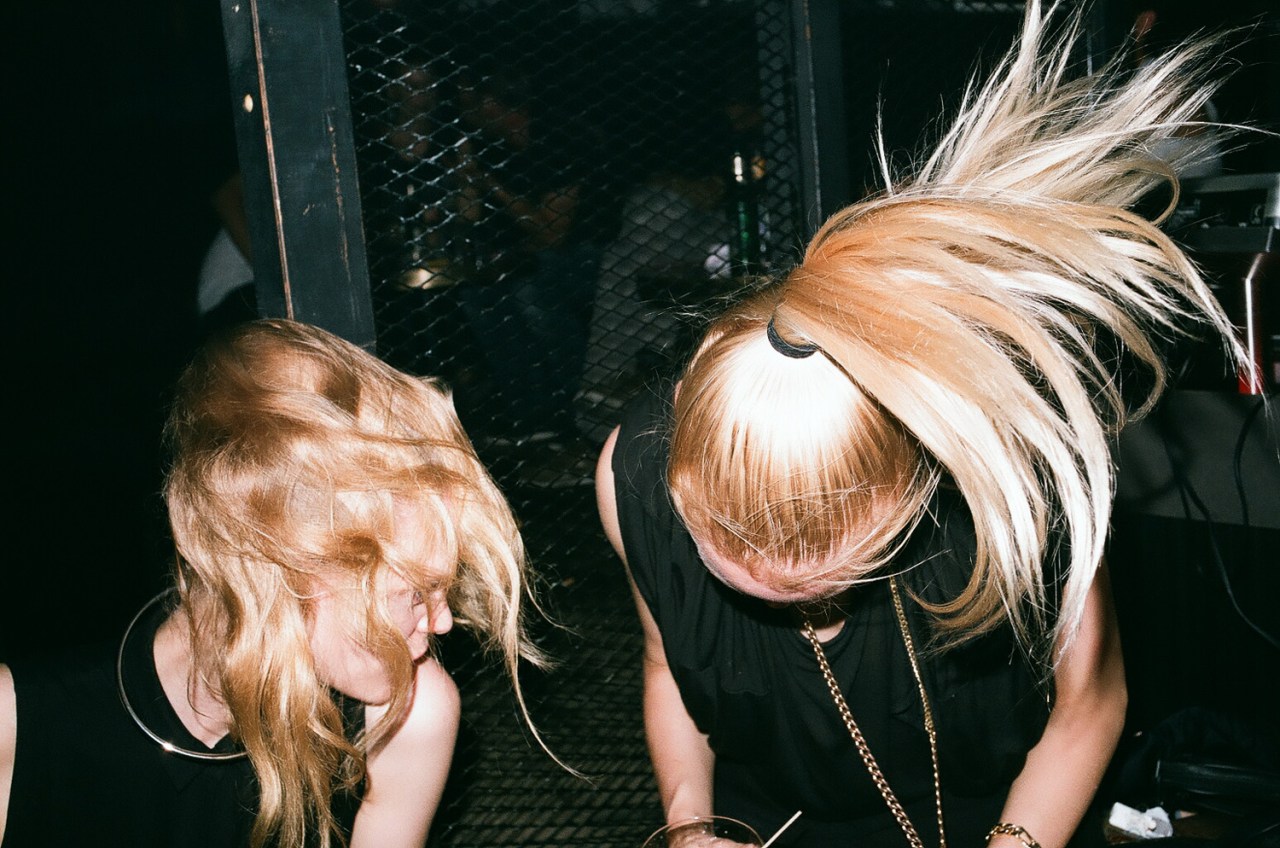
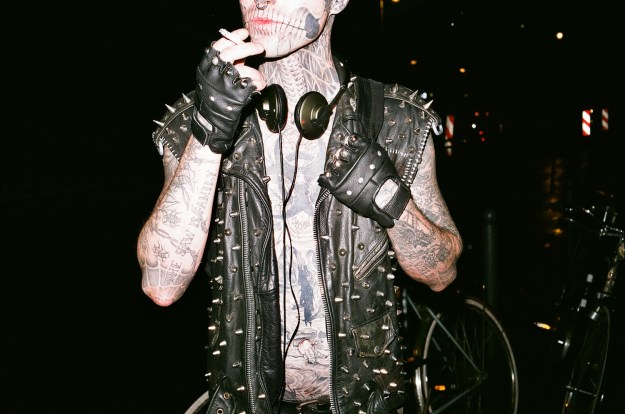
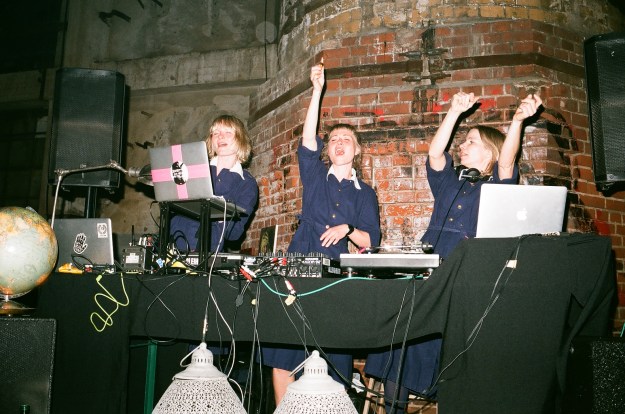
Tips for getting in: Wear black and speak German. Being part of a smaller group helps. Every time I’ve been turned away—and I’ve been rejected a lot—it’s been done respectfully. Return the favor if a bouncer eyeballs you and says, “Nicht heute (Not today).”
If you do get in, you’ll see that Berghain is as thoughtfully laid out as a church. You pass through a quick pat-down area where another bouncer slaps a small sticker over your smartphone’s camera. You then enter a cavernous coat check, where you can grab quality earplugs for a few euros. (Buy them and use them, please.) There are a few doors off the side of this room, but unless you’re interested in exploring the depths of Berghain’s fetish scene, you’ll want to head up the stairs and enter the dark heart of the club. The nearly pitch-black main floor thumps with the power of a custom-made Funktion-One. This sound system is so good you don’t hear the bass so much as feel it. And your ears don’t ring when you leave. Your body just buzzes.
Upstairs in a space called the Panorama Bar, the soundtrack shifts from the heavy clang of techno to airy house and disco. My friend Morgan handed me a sliver of LSD, and I dutifully slipped it on my tongue. That night, a 5-foot-tall chain-smoking Japanese man by the name of Akirahawks was DJing, and we spent the small hours of the morning grooving to the same tunes that DJs like Larry Heard and Carl Craig spun for our forebears in Chicago and Detroit.

Every so often the bartenders would open the shutters and let in the sun. It was dawn. The crowd cheered as if we hadn’t seen sunlight in weeks. My friends and I went downstairs for a cigarette. The effects of the quarter tab of potent acid Morgan had given me a few hours earlier were beginning to fade. I said goodbye and walked home.
I was homesick. A few months before, my girlfriend had left for a job in New York, and things had grown tense between us. I missed her, and I missed New York. I got home and spent two hours making a plate of biscuits and mushroom gravy, darkening the roux until it resembled silky peanut butter. I sat alone at my kitchen table and nearly said grace.
I picked up my fork, but I put it down almost immediately. The speed had killed my appetite. I was despondent. I went to bed and tried to sleep, finally drifting off a few hours later.
(Note: The images in this story were taken by the photographer at various parties in Berlin over the past seven years.)